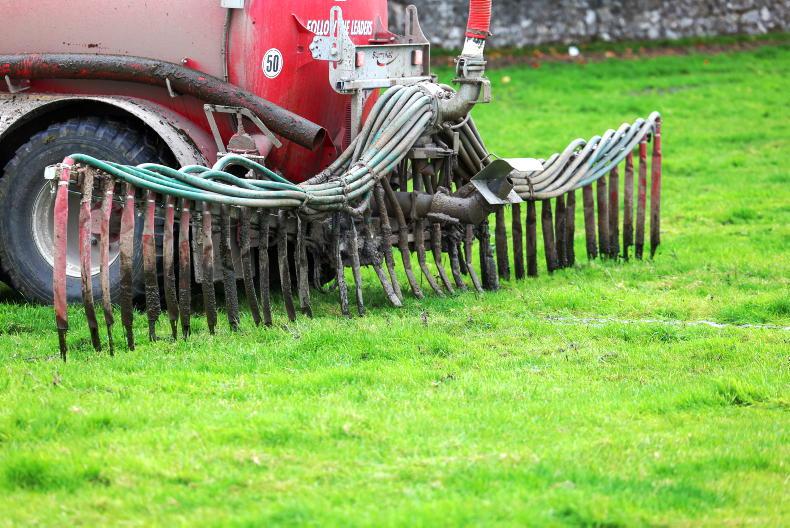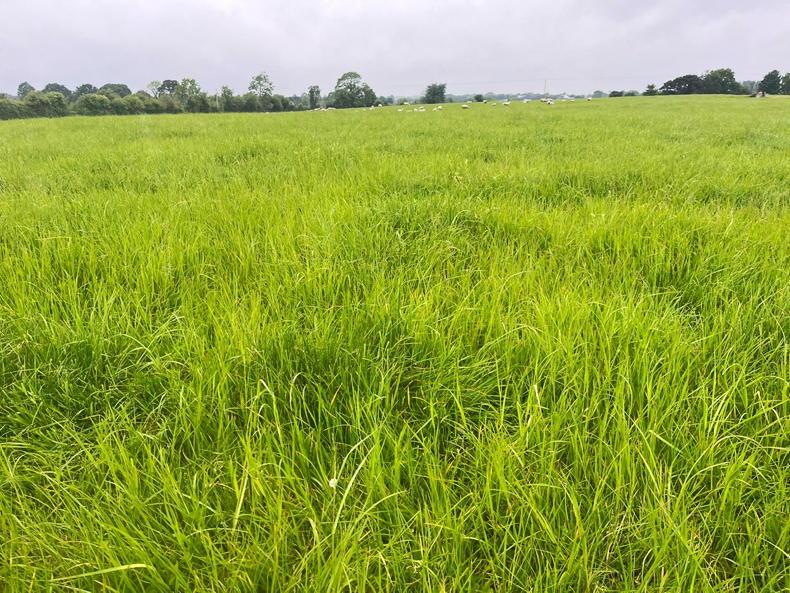Weather
Let’s start with the positives; temperatures have increased and grass growth is more or less normal for the time of year. On dry days earlier this week, land was starting to dry out and ground conditions definitely improved.
OK, the downside is that the rain hasn’t gone away and most of the country is expected to get 10mm to 20mm more rain over the coming days.
That is going to fall on what is already saturated ground. If land is too wet to graze, then there is nothing that can be done about it. Feed the best quality silage available, along with 5-6kg of meal until land dries up enough to get cows out.
The worst thing to do now is to give up on grazing altogether. Any opportunity to get cows out to grass should be taken.
In this week's paper. Moorepark researchers highlight the importance of on/off grazing in these conditions – it is an essential tool where land is fragile.
Support
I have never seen the mood among farmers so low. It’s a build-up of many factors, but the important thing to remember is that nobody is going through this alone.
Even the top dairy farmers are under pressure with workload and weather worries. An improvement in the weather will lift the mood and reduce the workload.
However, as we move into April I think that farmers need to try and park the weather to one side. Of course it has such a huge influence over everything, but it’s at times like this that doing things farmers enjoy is more important than ever.
In a normal year the workload would be easing now, and farmers would be going back to the GAA club or other non-farm activities.
It’s easy to say it, but unless farmers force themselves to take more time off in April, before they know it the breeding season will have started and they’ll be back to peak workload. Prioritise the important jobs and do these well.
Don’t spend too much time on non-priority areas and use contractors or outside help wherever possible to reduce the workload.
Calves should be put on once a day feeding and, if really under pressure, put cows on once a day milking too. They can always go back to twice a day milking when back at grass full time.
Fertiliser
Whenever conditions do improve sufficiently, there will be a burst of activity as farmers catch up on fertiliser and slurry work. There needs to be a bit of thought put into this.
Where no nitrogen has been spread to date, the temptation will be to spread 40 units N/acre everywhere, but this may not be the best plan. I imagine that where little grazing has taken place, 20% to 30% of milking platforms will need to be cut for silage straight away.
I would be inclined to wait until after this is cut to spread slurry/nitrogen. Another 20% to 30% will need to be closed up for long term silage, and this can be spread with higher rates of nitrogen.
Farms will go from a position of not being able to graze grass to having too much grass to graze and managing this won’t be easy. Put a plan in place around what paddocks are going to get fertilised for grazing and what are going to be cut for silage.










SHARING OPTIONS